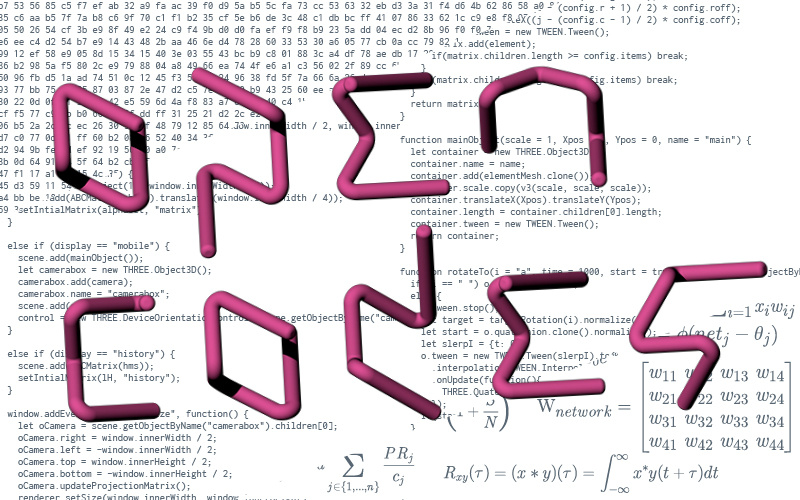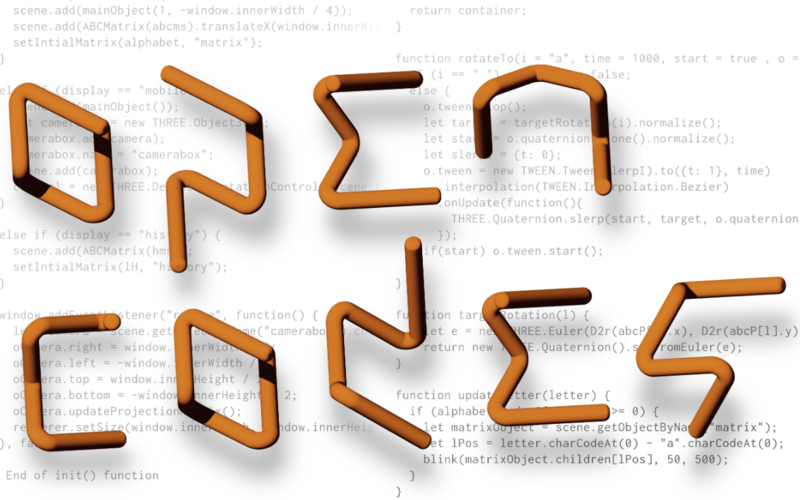- Event
- Workshop
Network Analysis using Python
Wed, October 25, 2017 4:00 pm CEST
- Location
- OpenHUB, Atrium 8+9
As part of the »PyCon.DE 2017 & PyData Karlsruhe«, taking place at ZKM From October 25–27, 2017, visitors of the »Open Codes« exhibition are invited to attend the workshop »Network Analysis using Python« with Python-expert Mridul Seth.
Politics, Maths, Biology, CS, Finance all of these subjects have one thing in common. They can be modelled using networks. »NetworkX« is a software package for the creation,study of the structure,dynamics,and functions of complex networks.We'll go through the »NetworkX API« and the basics of graph theory.
This training session will introduce the basics of network theory and working with graphs using python and the »NetworkX« package. This will be a hands on tutorial and will require writing a lot of code snippets. The participants should be comfortable with basic python (loops, dictionaries, lists) and some(minimal) experience with working inside a jupyter notebook.
Broadly the tutorial is divided into four parts:
Part A (20 mins)
- Basics of graph theory and various examples of networks in real life.
- Introduction to the »NetworkX API« and various data structures
Part B (30 mins)
- Work with small synthetic networks (generated using random graph generators) to understand the structure of the network.
- Analyze the network and study various properties of the network like centrality, connectivity, shortest paths, cliques.
Part C (30 mins)
- We'll use the various techniques we have learnt so far and model a network out of real world data like co-authorship network( http://www-personal.umich.edu/~mejn/netdata/cond-mat-2005.zip) and study the structure and properties of this network.
Part D (10 mins)
- We'll work on some interesting problems like temporal networks and visualization of networks. - We'll model the US Airport Network with respect to time and will try to make sense out of it.
- By the end of the tutorial everyone should be comfortable with hacking on the »NetworkX API«, modeling data as networks and basic analysis on networks using python.

